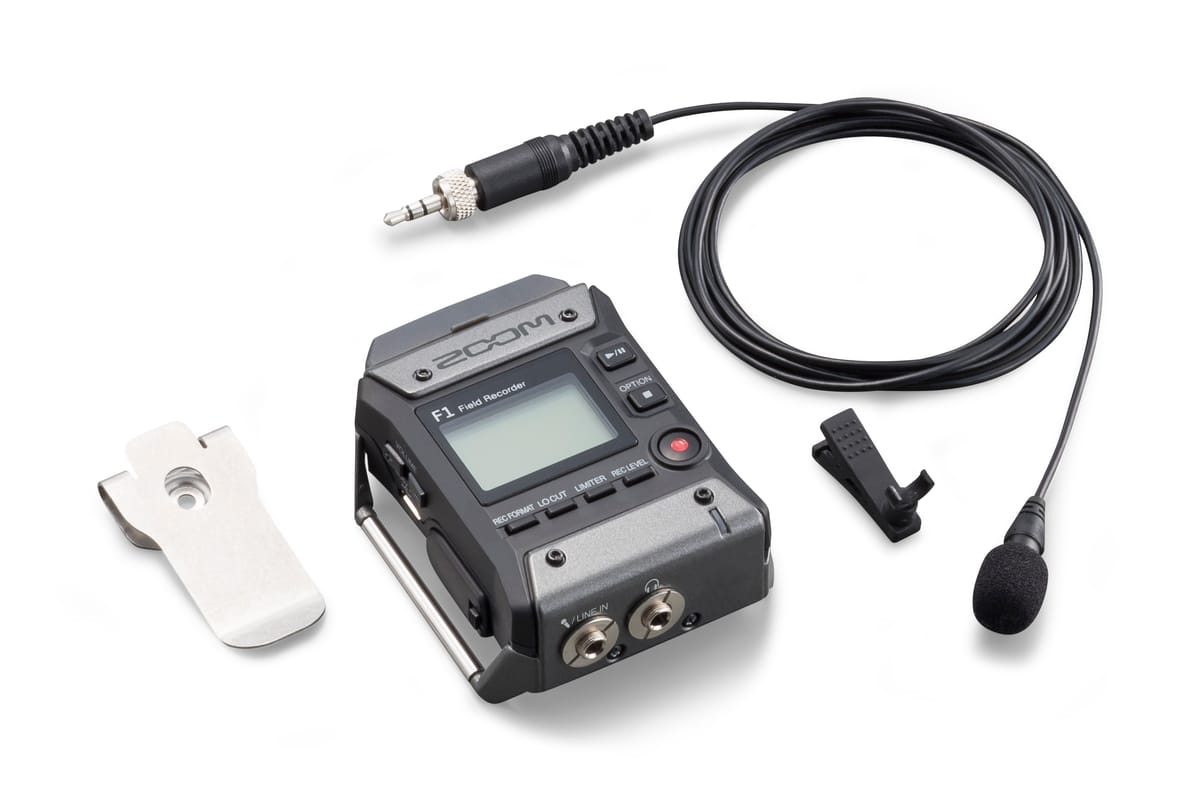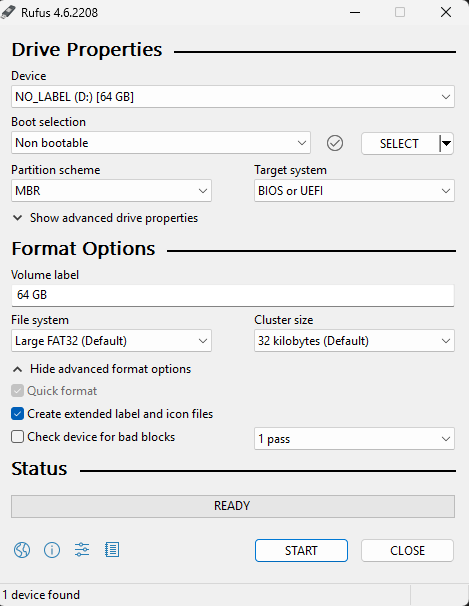Zoom F1: Bypassing the 32GB Limit

The Zoom F1 is a robust, neat little field recorder that can be used for all kinds of applications—from hobbyists to movie crews or, in my case, mounted on the back of my motorcycle.
However, there was one issue I immediately faced after buying it without double-checking the specifications. Due to its age and hardware limitations, it officially only supports microSD cards up to 32GB. But since it's 2025, the smallest microSD card I had lying around was a 64GB one, which I took from an old Raspberry Pi Zero W.
This led to immediate disappointment, as the small LCD screen simply displayed an error stating that the SD card couldn't be used or formatted.
That's where our savior comes in—my beloved Rufus, a small, open source, utility that helps format and create bootable USB flash drives. With Rufus, you can also trick the microSD card into being formatted as FAT32, a file system that's normally only available for drives up to, well, 32GB. Windows won't let you format a larger drive as FAT32 by default, which is why we need Rufus to get the job done.
In reality
So, to actually do this, what you want to do is head over to the Rufus download page and grab either the "Standard" or "Portable" version. Then, insert your microSD card, set the "Boot selection" to "Non-bootable," choose "FAT32" (or "Large FAT32"), and click "START!"

Rufus will warn you that this is a destructive action, so make sure you don’t have any important files on the card.
Once that’s done, just eject the card, insert it back into your Zoom, and enjoy! I did notice that checking the SD card takes a bit longer, but it still finishes without any issues. Now, not only will you be able to use larger microSD cards, but you’ll also be able to store way more recordings on them.
If anyone tests this with larger microSD cards, please let me know how it goes!
